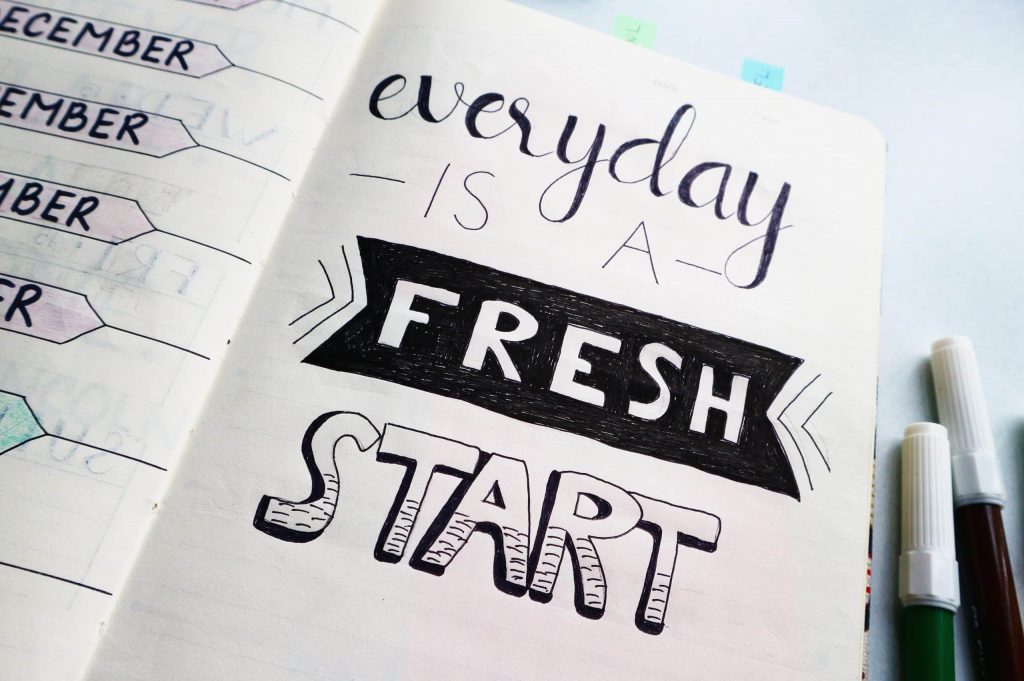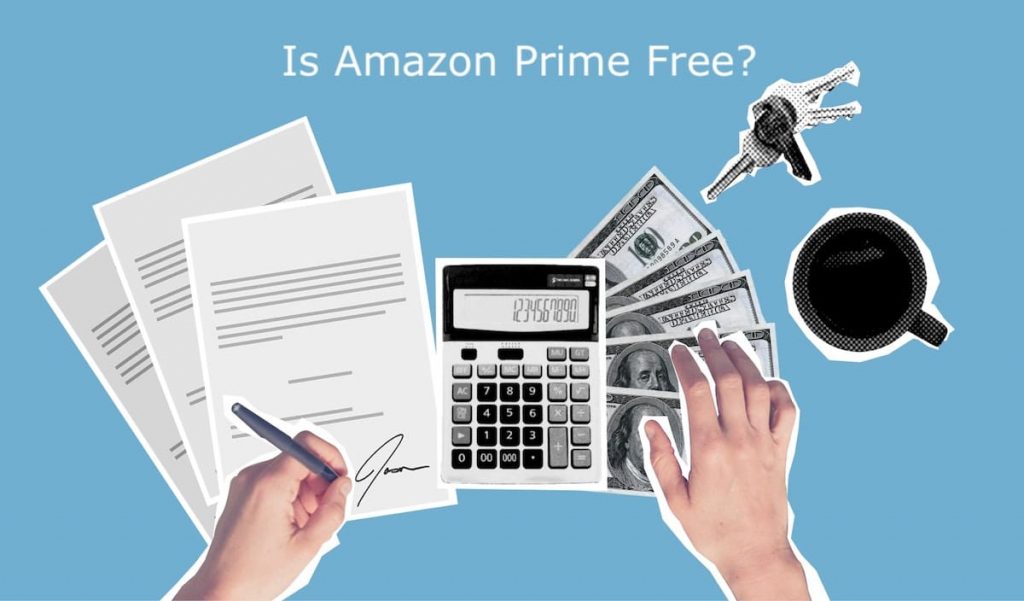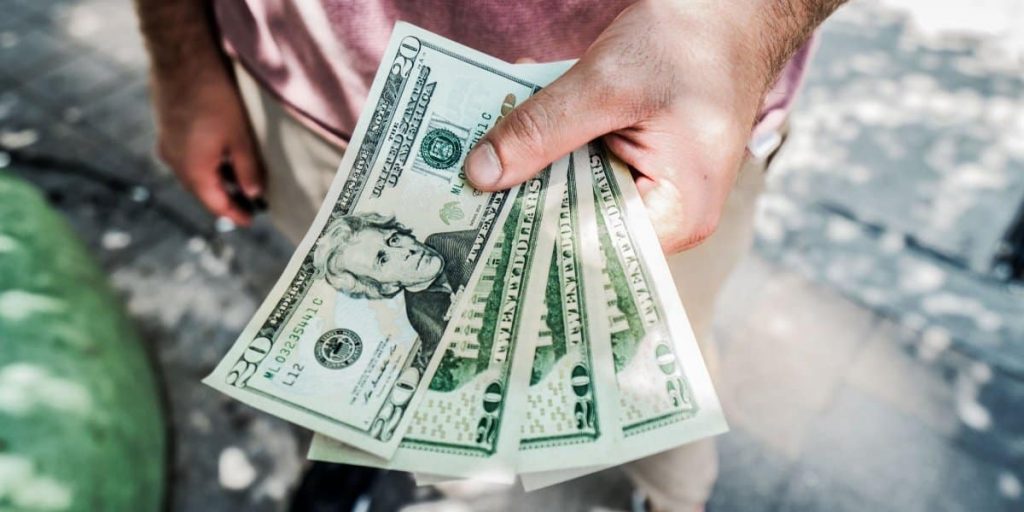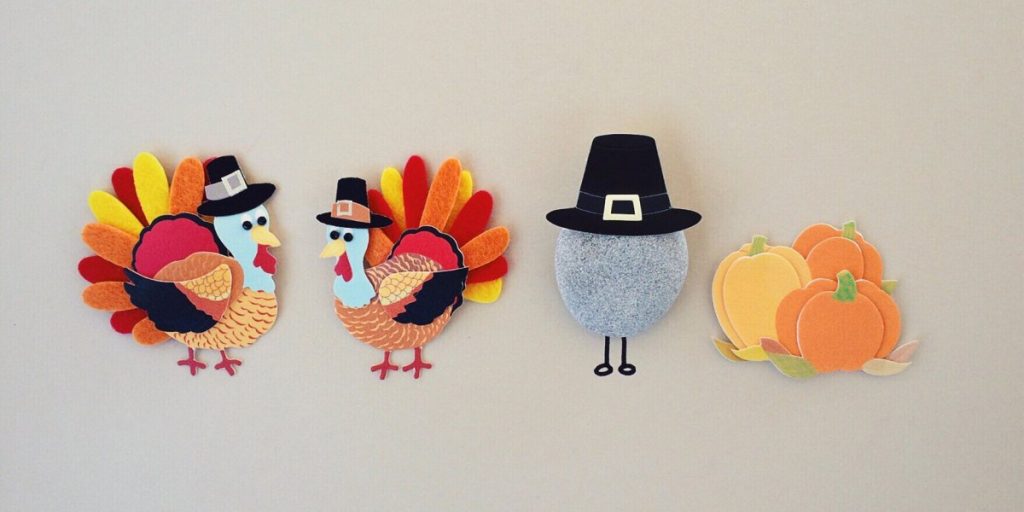How to Save Hundreds On Groceries Every Month
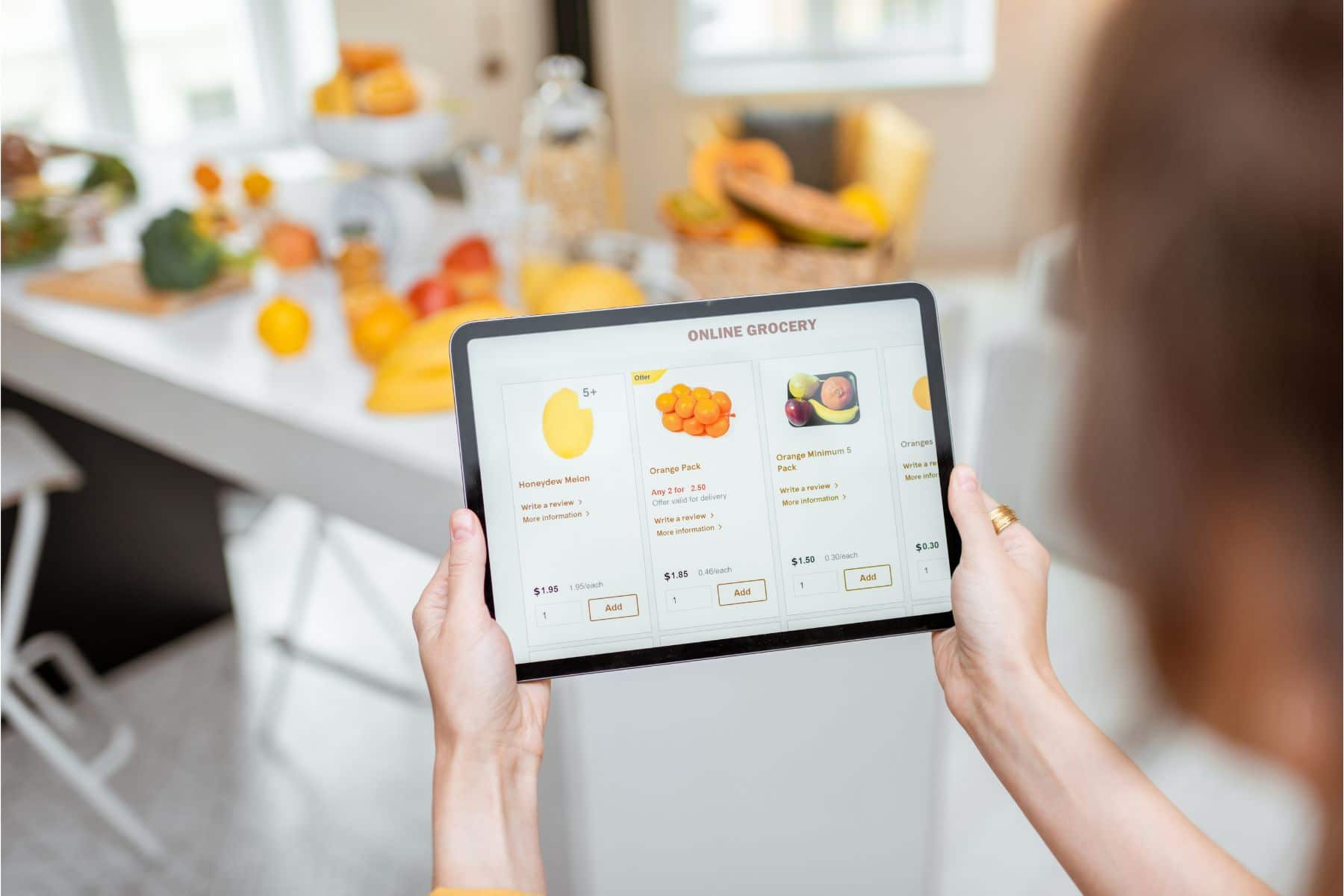
Grocery shopping can easily be a family’s largest monthly expense, if you let it. It costs hundreds of dollars to feed a family, and then once you factor in toilet paper, cleaning products, laundry soap… and with the cost of goods only rising, well, it’s no wonder that the grocery bill is one area families are desperate to pare down.
The good news is, there are a TON of tricks to save money on your groceries, each one with the capability of knocking big money off of your bill. When you mix and match them, well… that’s when magic happens. It is possible to save hundreds on groceries every month.
The key pillars of saving money on groceries are:
1. Couponing
2. Price Matching
3. Rebates and rewards points
4. Clearance shopping
5. Building a stockpile
Usually, these methods all fall under the name of “couponing”; rarely does an extreme couponer rely JUST on coupons to keep the grocery bill rock-bottom low.
Rarely does a coupon alone get you an item for free, or for a low enough price to justify stockpiling it (stockpiling might actually be the most important part of couponing, and we will cover that in this post!). Nine times out of ten, the best finds come with using two to three methods stacked in order to get the lowest possible prices on an item. Together, these methods WILL save you hundreds on groceries each month for little added effort.
Couponing
Couponing is exactly what it sounds like: Using a coupon to get a discount on an item. It sounds simple, because it is. As time goes on it seems like there are more and more options to save money on groceries, and the term “couponing” is seen as complicated, time-consuming, or difficult, especially to a coupon newbie. In the end though, at its very core, couponing is as simple as handing a cashier a slip of paper that says “$1 off cereal” in exchange for a dollar off your cereal.
It doesn’t have to be complicated, and it doesn’t have to be time-consuming.
But there are still some things you should know ahead of time in order to make the process as simple as possible.
Check your expiry dates- There is no getting around this. A cashier isn’t going to accept an expired coupon, and if he or she does by accident they will likely get in trouble for doing so. Double check the expiry date on your coupons while you plan your shopping to avoid being turned down at the register.
Know what the coupon is for – Another thing to be aware of before you plan your shopping is what exactly the coupon is good for. If it says Kraft shredded cheese, you won’t be able to use it on another brand or type. And always check the sizes listed on the coupon. If a coupon says 120 – 350 mg, then you’re good to buy the appropriate product as long as the package falls anywhere within that size range (you can find the size or weight of almost all products listed on the front of the package). Often the fine print of a coupon will say it is ONLY for use on a specific size, or that it cannot be used on travel size or bulk sizes. Always use a coupon only for the item it was intended for.
Look up the coupon policy of your local stores – Not all stores accept all coupons. As couponing becomes more popular, stores have started putting more and more restrictions in place. Some places will not accept coupons at all (most small, independent grocers in my area do not accept coupons; Costco also does not accept coupons). Some places accept coupons but not the kind you print yourself from the internet; and some places accept all coupons but only a limited amount of them per transaction.
It’s a good idea, if you take couponing seriously, to print out a copy of each store’s coupon policy and store it with your coupons. It will help you plan your shopping trips better and act as a handy guide as to what you can do where.
Know where to find coupons – this is a super common question for coupon beginners. Luckily, there’s an easy answer: There’s a ton of places to find coupons.
1. Inside the stores themselves.
A lot of retailers place tearpads of coupons near the product that the coupon is valid for. As you shop, scan the shelves for advertisement banners with coupons on them, coupon dispensers, or just a plain plastic peg with a pad of coupons on it. Once you train yourself to notice them, you’ll realize you’ve been seeing but ignoring coupons all the time while you shop.
2. In your local paper or weekly flyer bundle
Where I live, coupon inserts are bundled up with the local flyers and delivered to your door free of charge every Wednesday. Some places put them in the Saturday or Sunday newspapers. If you’re not sure how it works in your area, it can’t hurt to call or email your local newspaper to ask
3. Online
This might be my most favorite way to find coupons, because not only do you not have to leave your house, you can decide first what you want to buy and then go looking for a coupon for it!
There are a lot of coupon aggregation sites like coupons.com, that pull the best manufacturer’s coupons together on their own website and then link you there, but if you want to cut out the middle man it’s best to go to the manufacturer’s websites directly. Companies like P&G have an entire section of their websites dedicated to their current coupons offerings, which you can peruse and print out at your own leisure. You can also print coupons (and earn free giftcards) printing coupons from Swagbucks!
4. On or inside products
Some of the best coupons come free with the purchase of another product. Start scanning the shelves as you shop for products that advertise coupons in the packaging, or some companies make it even easier and stick the coupon on the outside so you can see what it is before you buy it (never pull a coupon off a product and then leave the product behind though – that’s terrible etiquette!).
Price Matching
Price matching (or ad matching) is when a store promises to offer the lowest price on a specific item, and if they don’t, they’ll lower the price to match their competitor’s. Not all stores price match, and some stores that do price match will only match a list of approved competitor stores – so you should always know ahead of time your stores’ policy on price matching, just like with coupons.
A lot of people ignore price matching because they think it takes too much time, but with apps like Flipp or Rebee all you have to do is pull out your phone and search the item you’re looking to buy. The app will scan all of the flyers in your area and tell you who has it on sale and for how much. Then you show the cashier, and he or she will adjust the price of your item to match the lowest advertised price. It’s super simple!
I’ll be honest, when I first started couponing I hated price matching. I was already handing cashiers a fistful of coupons, I felt like it was such an inconvenience to also ask them to adjust prices on half a dozen items. But when my only other options were to pay more than I had to, or spend time and gas driving to four different stores to do my grocery shopping, I quickly wised up – cashiers are paid by the hour, guys! They’re working for the same amount of time regardless of whether you’re price matching or not. As much as companies want you to spend more money than you need to, there’s no shame at all in saving your family extra dollars every time you shop – and if these policies were really that inconvenient, stores wouldn’t offer them. Take advantage!
Rebates and Rewards Points
The concept of shopping rebates isn’t altogether new – companies have been offering mail-in rebate events for decades – but now that we all have smartphones, there are apps for that! Rebates and rewards points are two of my favourite avenues for saving money on groceries, because you can stack and save them up to cash out for something special, or cash them in as you go to keep your overall costs low.
How rebate programs work is simple: They offer a certain amount of cash back on specific products, and you buy the products, upload a picture of your receipt, and get credited for that amount. Most apps have a cash out minimum you have to meet to get your money, but it never takes me very long to get to that point, even if I’m only buying the things I was going to buy anyway.
My favorite to use are Checkout 51 and Caddle. They both work about the same – Checkout 51 has much more in the way of offers, but Caddle offers very quick (10-second) surveys almost every week that help your account grow quickly. Caddle is currently only available in Canada (sorry!) but with its growing popularity, I’m sure it will soon open up to other countries.
Ibotta is another cash back app that reward you for buying specific items. That one isn’t available in Canada, where I’m located, so I haven’t tried it but I have it on good faith that it is every bit as effective as Checkout 51 and Caddle!
If you do your shopping online, Ebates provides you with automatic cash back depending on which stores you shop at, and Honey will scan through a list of known coupon codes at checkout to save you money before you even pay. You can’t use both at the same time, though, so it’s worth it to have both installed and figure out which will give you a better bang for your buck at the time.
It’s always worth it to keep a running list of the items that are available on your rebate apps while you make your grocery list and do your shopping. The offers change every week, so be sure to check before you head out to the stores to be sure you’re getting every penny back you deserve!
Rewards points are another big favourite for me, since Canada has one of the best rewards points programs anywhere, the PC Optimum offers. Depending on what store you shop at, you can either earn points based on the dollar amount you spend, or big bonus points for choosing specific items – or both! Better yet, the bonus offers are tailored to items you already buy, so you don’t have to go out of your comfort zone picking new brands or flavours. As with the rebate apps, it’s a great idea to keep a list handy of what this week’s offers are as you make your grocery list, so you know you’re getting the best bang for your buck!
It’s an awesome feeling when a cheque arrives in the mail that you earned just by shopping the way you normally do – or when you get your receipt from the cashier and discover that your grocery run has earned you $15 worth of rewards points. It’s practically free money, and who doesn’t love that?
Clearance Shopping
Clearance shopping is amazing because that’s more often than not how you get free stuff! (This is where the “saving hundreds on groceries” bit comes in)
See, the thing about extreme couponing isn’t just picking one method to focus on, like coupons or pricematching or rebates. It’s about mixing and matching those to what’s on sale at your local stores to get the absolute best deal.
And those clearance sections are FULL of hidden gems.
Most coupons are designed so that you’re still paying for their product, just a slightly reduced price. But when stores need to move product fast, they’re slashing prices down way lower than your typical retail sale price.
So your $1 off of shampoo can get you a $2 shampoo for $1, but it can get you that same shampoo on clearance for free – just pay the taxes.
The biggest reason I emphasize keeping a list of what is on your rebate apps and what your points offers are that week, is because the very best deals in the store aren’t on the flyers – they’re in clearance sections, clearance carts, or just tucked away on shelves with bright neon stickers slapped on them. So I might go shopping not planning on buying shampoo right now even though I have a points offer and a coupon because it’s not on sale (of course I’ve checked), but then I spy that shampoo sitting in a clearance cart. Bingo! In our hypothetical situation, combining my coupon with a clearance price means I only pay the tax on that shampoo; and getting points back means the store is literally paying me to take it home (assuming the points value is more than the cost of the tax; in my province, sales tax is 15% so I’m paying .15 for my imaginary shampoo here). This is called overage, and sometimes it takes the form of actual money (if your coupon value is higher than the cost of the item), but more often will be in your points or rebates accounts.
The emphasis here should always be on combining methods. No matter what TV has told you, you will never be able to leave a grocery store paying $0 for three carts full of food using only coupons. Definitely it is true that the more time you’re willing to spend combing through every possible offer available to you, the higher your savings will be, but even taking 20 minutes to cross reference your rebates, sales, and rewards offers before you leave the house can have huge results.
Stockpiling
Stockpiling has a bad reputation.
I think people think of stockpiling as something like hoarding, or as extreme as doomsday preppers filling bunkers with 3,000 cans of beans.
But careful stockpiling is how you turn ONE dollar saved into many. (Very many).
I’m going to give you an example here:
Let’s say your kid has a favourite granola bar brand. It’s something you buy for him whether it’s on sale or not, because it’s healthy and you don’t have to argue with him to eat it so it brings you peace of mind to pack into his lunch bag in the morning.
If a box has 5 bars and costs $4, and you ONLY ever pack them in school lunches and never let him eat one at home (doubtful, but we’re keeping it simple here), then that’s $4/week you spend on these granola bars. Every week, so you’re spending $208 on these suckers a year.
What MOST people do here, is when that brand of granola bars goes on sale, they buy two or three boxes instead. So instead of $4/week, it’s $7.50 that week, and then they don’t have to buy those bars for the next three weeks. They’ve saved $4.50, and they feel pretty good about it.
What an extreme couponer does, is saves coupons for that brand of bar, and waits for a sale – a really good one. Let’s say luck smiles, and she has a stack of active coupons, and those bars go on sale for $2.
She’s going to buy a LOT of those bars. She’s going to buy, say, 25 boxes. Maybe 30.
So the coupon is for $1 off, the bars go on sale for $2, (down from regular price of $4), and she buys 30 boxes.
She’s spending $30 on granola bars, so yes her grocery bill that week might be slightly higher, but in the end, that’s 30 weeks she doesn’t have to buy those bars. And she’s saving $3 on every box – not just one or two boxes, but 30 of them. So instead of spending $208 on those granola bars a year, this year, she’s only spent $118. That’s a huge savings! Ninety dollars that ISN’T coming out of her pocket, but they’ll still eating the exact same amount of healthy, kid-approved granola bars.
Now imagine if you pulled off those savings for 10 items that you buy weekly!
When you find a deal, that’s one deal. You save once. But when you stockpile the items your family commonly uses, you save over and over and over again. It’s not just one deal on deodorant, it’s five or six – it’s turning one sale into every single deodorant you use in a year a sale.
When stockpiling, there’s some things you should keep in mind:
Check expiry dates – for packaged food especially, often things are on clearance because they’re nearing their sell-by date. For some things you can get around this by throwing them in the freezer, but some things aren’t worth taking a chance on. Bear in mind too, that seemingly shelf-stable things like cleaning products and laundry detergents lose their effectiveness after too long – fabric softener in particular doesn’t seem to hold up well past the one-year mark.
Know how much your family will use – Buying 20 of a particular flavor of something doesn’t do anyone any good if it turns out your whole family hates it. Likewise, be honest about how much you actually use. I know it’s exciting to bring home free stuff, but will you really use 32 bottles of nail polish remover? Doubtful.
A good rule of thumb is to buy as much as you need until the next sales cycle. Most item go on sale in a cycle, usually 2-4 times a year, so a three to six month supply of something is more than sufficient. If you don’t know how long it takes your family to use up a certain product, try marking the date on the bottom of something with a Sharpie the first time you open it, then take note of how long it takes until it’s 100% gone.
Don’t clear the shelves – While not technically illegal, it’s pretty rude behavior. If there’s only one or two of an item left, then by all means buy it, but buying every single unit a store has in stock is pretty disrespectful to those who come after you looking for the sale. This goes for coupons, too – take only what you need, and leave the rest for everyone else.
Consider donating – Sometimes you’ll get lucky and be able to get more than you need of an item for free (without shelf clearing of course!), or you’ll survey your stockpile and realize you won’t use a few things by their best-by dates. When that happens, consider your local food banks, soup kitchens, homeless shelters, and similar charities. Hygiene products are always in demand, as are shelf-stable packaged foods. Passing on your good fortune to others helps foster strong communities.

